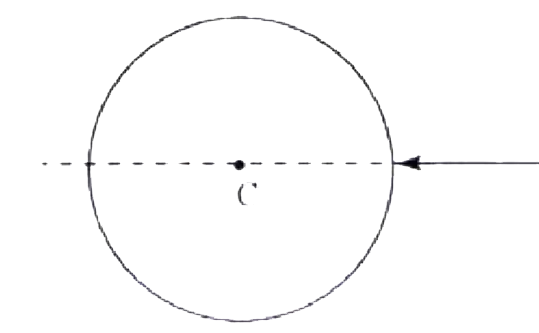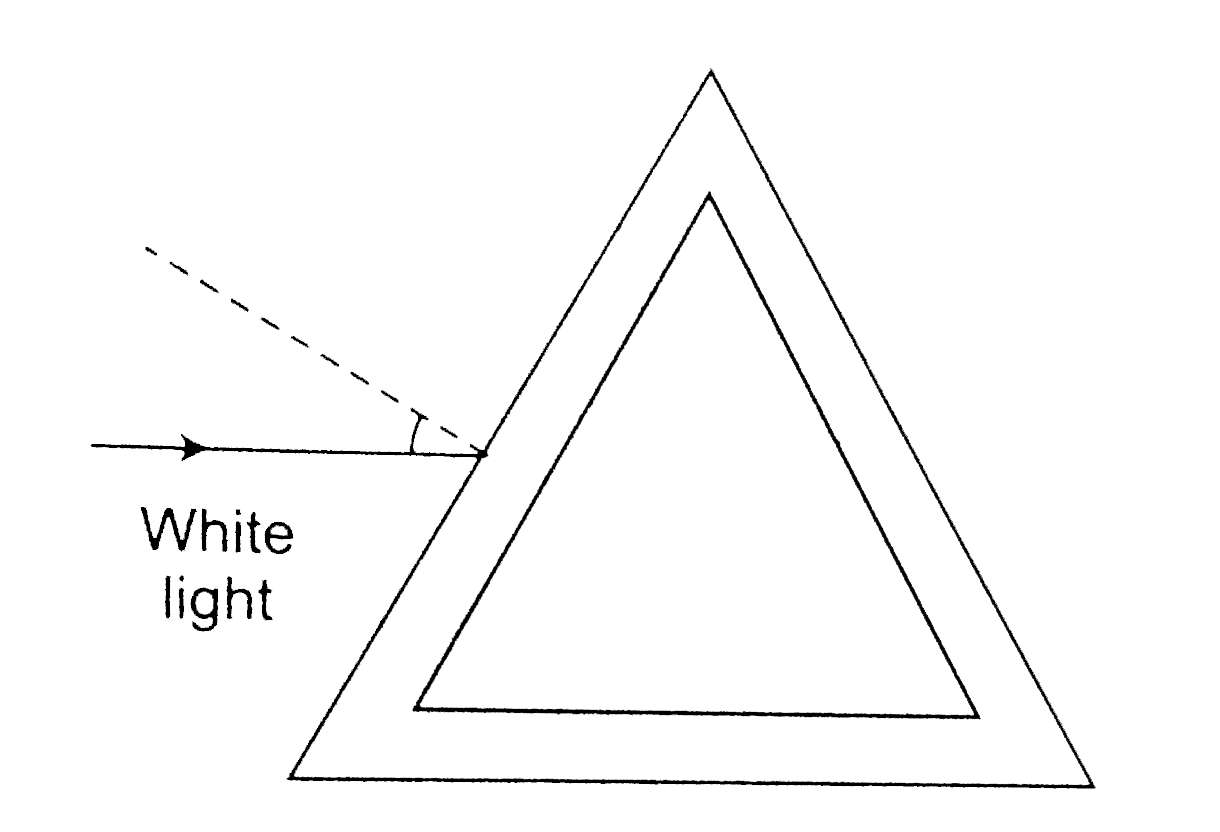A ray of light composed of blue and red light is incident on a parallel plate of glass. When the light emerges from the other side of the plate, the two coloured beams will appear at
same point and propagate in the same direction
different points and propagate in the same directions
same point and propagate in the same direction
different point and propagate in the different directions
The correct Answer is:D
Step by step video, text & image solution for A ray of light composed of blue and red light is incident on a parallel plate of glass. When the light emerges from the other side of the plate, the two coloured beams will appear at by Physics experts to help you in doubts & scoring excellent marks in Class 12 exams.
Topper's Solved these Questions
- BOOK - CP SINGHCHAPTER - REFRACTION OF LIGHT BY PLANE SURFACESEXERCISE - Exercises110videos
REFRACTION OF LIGHT BY PLANE SURFACES
- BOOK - CP SINGHCHAPTER - REFRACTION AT SPHERICAL SURFACESEXERCISE - EXERCISES105videos
REFRACTION AT SPHERICAL SURFACES
- BOOK - CP SINGHCHAPTER - SEMICONDUCTORSEXERCISE - Exercises140videos
SEMICONDUCTORS
Similar Questions
When unpolarised light is incident on a plane glass plate at Brewster’s angle, then which of the following statements is correct?
View SolutionA ray of white light is incident on a spherical water drop whose center is C as shown below. When observed from the opposite side, the emergent light –
 View Solution
View Solution
Knowledge Check
- Question 1 - Select One
A beam of white light is incident on a hollow prism of glass. Then
 Athe light emerging from prism gives spectrum but the bending of all colours is always from baseBthe light emerging from prism gives spectrum, all the colours bend towards the base, the violet must and red and leastCthe light emerging from prism gives spectrum, all the colours bend towards base, the red the least and violet the mostDthe light emerging from prism gives no spectrum
Athe light emerging from prism gives spectrum but the bending of all colours is always from baseBthe light emerging from prism gives spectrum, all the colours bend towards the base, the violet must and red and leastCthe light emerging from prism gives spectrum, all the colours bend towards base, the red the least and violet the mostDthe light emerging from prism gives no spectrum - Question 2 - Select One
When ordinary light is made incident on a quarter wave plate, the emergent light is
Alinearly polarisedBcircularly polarisedCunpolarisedDelliptically polarised - Question 3 - Select One
A ray of unpolarised light is incident on a glass plate at the polarising angle θp. Then
AThe reflected ray and transmitted rays both will be completely polarisedBThe reflected ray will be completely polarised and the transmitted ray will be partially polarisedCThe reflected ray will be partially polarised and the completely ray will be partially polarisedDThe refected and transmitted rays both will be partially polarised.
A ray of unpolarised light is incident on a glass plate at the polarising angle of 57∘ .
Now,View SolutionA beam of light composed of red and green ray is incident obliquely at a point on the face of rectangular glass slab. When coming out on the opposite parallel face, the red and green ray emerge form
View SolutionWhen a ray of light emerges from a block of glass, the critical angle is
View SolutionWhen a ray of light emerges from a block of glass, the critical angle is
View SolutionA ray of light containing both red and blue colours is incident on the refracting surface of a prism. Then.
View Solution

